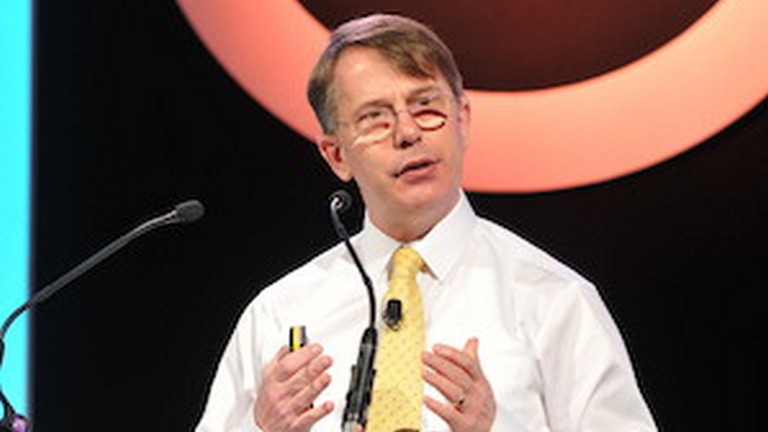Increasing demand pushes trusts further into deficit
Figures published by NHS Improvement showed that providers had forecast a combined year-end deficit of £931m – £435m more than planned for 2017/18.
At month nine, the commissioning sector predicted an overall underspend of £18.5m at year-end. However, NHS England chief financial officer Paul Baumann warned that clinical commissioning groups were facing significant financial risk. They forecast a combined year-end overspend of £291m, but NHS England believed the underlying position amounts to a deficit of between £400m and £500m. NHS England and CCGs were working hard to mitigate the risks, he said.
CCG expenditure includes a £360m contribution to a system reserve to support wider system deficits. NHS England is also holding a further £200m uncommitted reserve centrally, according to a paper at its February board meeting.
The provider sector posted a year-to-date aggregate deficit of £1.28bn, when uncommitted sustainability and transformation funds are taken into account. NHS Improvement said that this was £365m more than the plan for the end of quarter three – which it described as ‘ambitious’. Since quarter two the position has deteriorated by £222m.
Overall, 109 of the 234 providers reported year-to-date adverse variances against plan. This position is expected to improve over the final quarter – 91 trusts are forecasting that they will be overspent against plan by the end of the financial year.
The difficult financial position was the result of a number of factors, including overspends in pay (£701m) and non-pay costs (£292m), driven by operational pressures, and failure to achieve planned efficiency savings, NHS Improvement said.
Over the three-month period, a quarter of a million more patients visited A&E than in the same quarter in 2016/17. The government provided an additional £337m in the November Budget. NHS Improvement said acute providers received £238m of this. An NHS England board paper added that a total of £317m had been made available to NHS providers overall, while primary care received the remaining £20m.
Although providers had achieved significant cost savings – £2.1bn or 3.3% – at quarter three, this was behind plan by £329m (13%). Much of this was attributed to the underdelivery of pay cost savings. However, with trusts failing to achieve some recurrent cost improvements, many were compensating for this with non-recurrent measures.
At Q3 trusts had planned to deliver £2.27bn (92%) in recurrent savings, but delivered just under £1.6bn (74%). Non-recurrent savings increased from £197m (8%) to £546m (26%), potentially leaving trusts with additional savings to find in 2018/19.
NHS Improvement said trusts needed to step up delivery of cost savings, with forecasts indicating that they may fall £392m short of the planned £3.7bn savings at year-end.
The oversight body said trusts must identify detailed schemes to save a further £86m before the end of the financial year to achieve the newly forecast savings of £3.3bn.
NHS Improvement chief executive Ian Dalton paid tribute to providers and their staff for their hard work in the face of rising activity, but said local health systems must plan for increasing demand in the future. He added: ‘Some providers appear to have managed the financial pressures better than others. We are working closely with those providers whose financial position has deteriorated seriously to ensure that they grip their problems while delivering the best possible care for their patients.’
Related content
We are excited to bring you a fun packed Eastern Branch Conference in 2025 over three days.
This event is for those that will benefit from an overview of costing in the NHS or those new to costing and will cover why we cost and the processes.